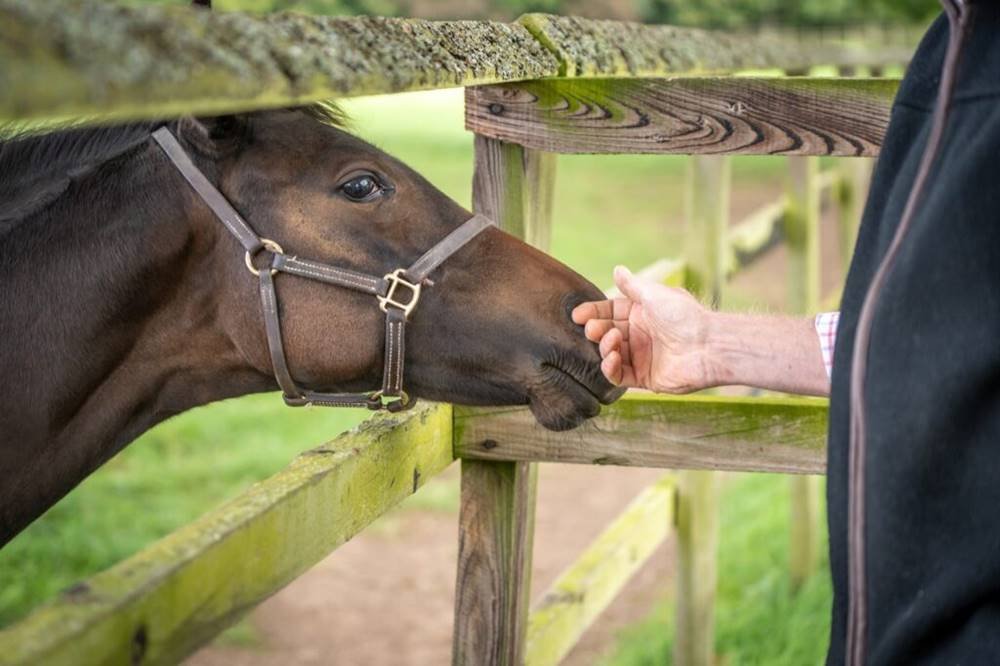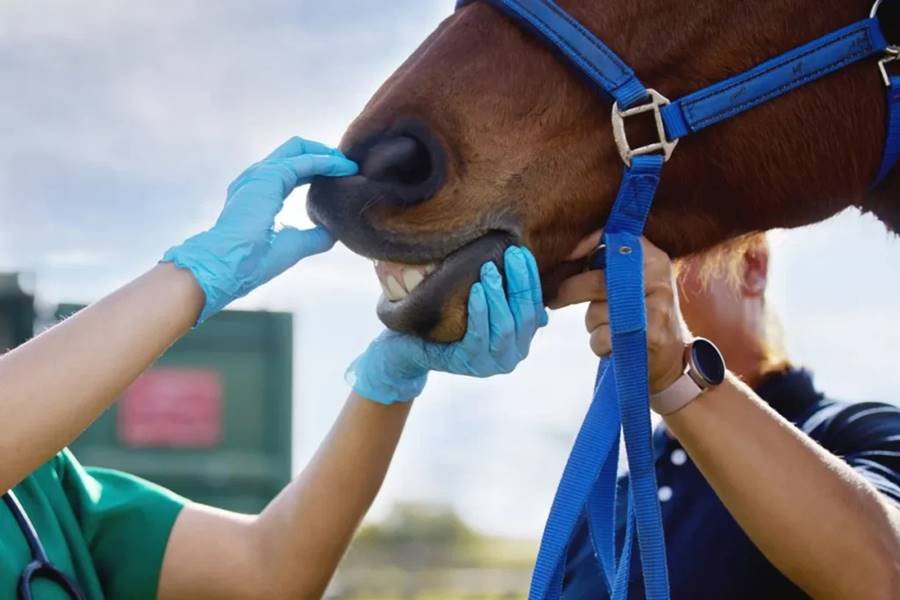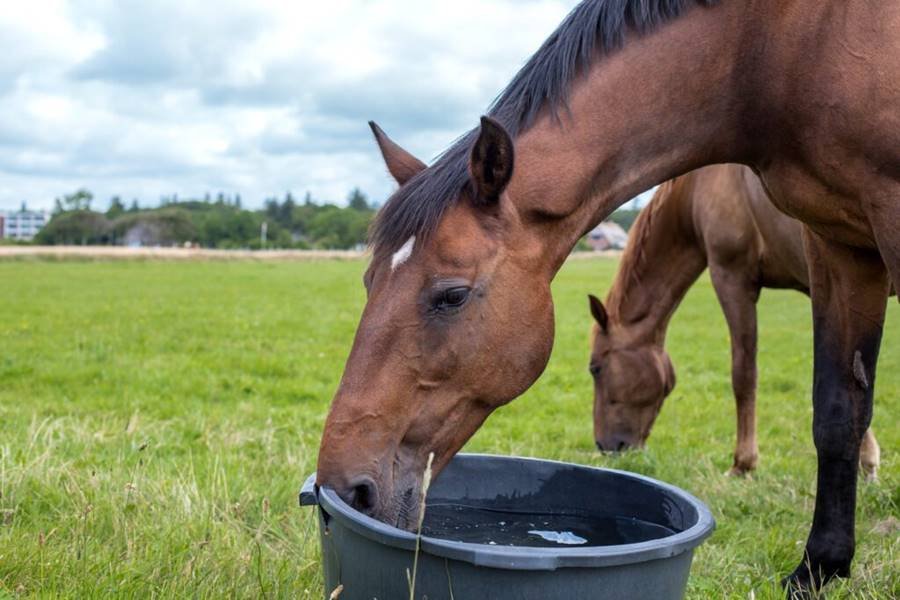As a horse owner, ensuring your horse stays warm and comfortable during the colder months is essential.
Horses, like people, can feel cold, and if they’re not properly cared for, they can become vulnerable to health issues. So how can you tell if your horse is cold, and what should you do if they are? In this article, we’ll explain the signs that indicate a horse is cold, how to assess their comfort, and the steps you can take to keep them warm and healthy during the chilly weather.
How Do You Know If a Horse Is Cold?
Horses are generally well-equipped to handle cold weather, thanks to their thick winter coats, which provide insulation. However, factors such as wind, rain, and wet conditions can reduce the effectiveness of their coat and make them more susceptible to the cold. Here are some signs to look out for if you’re worried your horse might be too cold:
1. Shivering
One of the most obvious signs that a horse is cold is shivering. Horses will shiver as a natural response to try to warm up when their body temperature drops. Shivering is often seen around the shoulders, neck, and back. While mild shivering can be normal in cold weather, prolonged shivering could indicate that your horse is struggling to stay warm.
2. Reduced Activity or Lethargy
A cold horse may appear sluggish or unwilling to move around as much as usual. Horses are generally active creatures, and if they’re feeling cold, they may stand still for longer periods of time or move more slowly. This behavior is their way of conserving energy and staying warm.
3. Cold Ears, Legs, or Tail
If you touch your horse’s ears, legs, or tail and they feel noticeably colder than usual, it could be a sign that their body temperature is dropping. When a horse gets cold, blood flow to the extremities (such as the ears and legs) can decrease, causing these areas to feel colder than the rest of their body.
4. Hunched Posture
Horses that are cold may adopt a hunched posture to conserve warmth. They may tuck their necks in or hunch their backs, which is a sign that they’re trying to protect their core from the cold. This behavior is similar to how people might huddle when they’re chilly.
5. Fluffing Up Their Coat
Horses will naturally fluff up their coats in response to cold temperatures. The hair stands up to trap air between the layers, providing extra insulation. If your horse’s coat looks puffed up, it’s a sign that their body is trying to protect itself from the cold.
6. Unusual Breathing or Increased Heart Rate
In extreme cold, a horse may start to breathe more rapidly or have an elevated heart rate as their body works harder to generate heat. If you notice this, along with other signs of cold stress, it may be time to take action.
What Should You Do If Your Horse Is Cold?
If you’ve determined that your horse is cold, it’s important to take steps to warm them up and make sure they’re comfortable. Here are some actions you can take:
1. Provide Shelter
If your horse doesn’t already have access to shelter, bring them into a barn or a covered area where they can escape the wind and rain. Wind chill can make the temperature feel much colder, so providing protection from the elements is a key step in keeping your horse warm.
2. Blanket Them
In cases where the weather is particularly cold or wet, a well-fitted blanket can be a great way to help your horse stay warm. Blankets are designed to provide extra insulation and protect your horse from rain, wind, and snow. Make sure to choose a blanket that is appropriate for the temperature and your horse’s coat thickness. Be mindful not to put a blanket on a horse that’s already overheated or wet, as this can trap moisture and make them colder.
3. Increase Their Hay Intake
Horses generate heat when they digest food, so providing extra hay during colder weather can help keep them warm. Hay is the best option because it takes longer to digest and generates more body heat. Make sure your horse has access to plenty of high-quality hay, as it will keep their digestive system working and help maintain their body temperature.
4. Check for Wetness
If your horse’s coat or mane is wet from rain or snow, it can lower their body temperature. Make sure to dry them off thoroughly if they’ve been exposed to wet conditions. You can use a towel, a drying blanket, or a blow dryer to remove excess moisture from their coat.
5. Provide Warm Water
Horses need access to fresh, clean water, even during the winter months. Cold water can cause discomfort or dehydration, so ensure that your horse has access to lukewarm water to encourage drinking. This is especially important because horses tend to drink less in the winter, and dehydration can make it harder for their body to regulate temperature.
6. Exercise and Movement
If your horse is cold and stiff, gentle exercise can help warm them up. Light walking or trotting can encourage blood flow and raise their body temperature. However, avoid overexerting them, as this could lead to sweating, which may make them feel even colder once they cool down.
7. Monitor Their Health
If your horse shows signs of severe cold stress, such as shivering for long periods, muscle stiffness, or breathing difficulties, it’s important to call your veterinarian. Prolonged exposure to extreme cold can lead to hypothermia, frostbite, and other health issues that require professional attention.
Horses can generally handle cold weather, but just like any animal, they need to be monitored and cared for during colder months. Recognizing the signs that your horse is cold, such as shivering, lethargy, and a cold body temperature, is essential for keeping them healthy and comfortable. If you notice these signs, it’s important to take action quickly by providing shelter, blankets, extra hay, and warm water to help them maintain a comfortable temperature.
With proper care and attention, your horse can safely enjoy the winter months, staying warm and healthy through the chilly weather. Always keep an eye on their behavior and consult your veterinarian if you have any concerns about their well-being in cold conditions.




